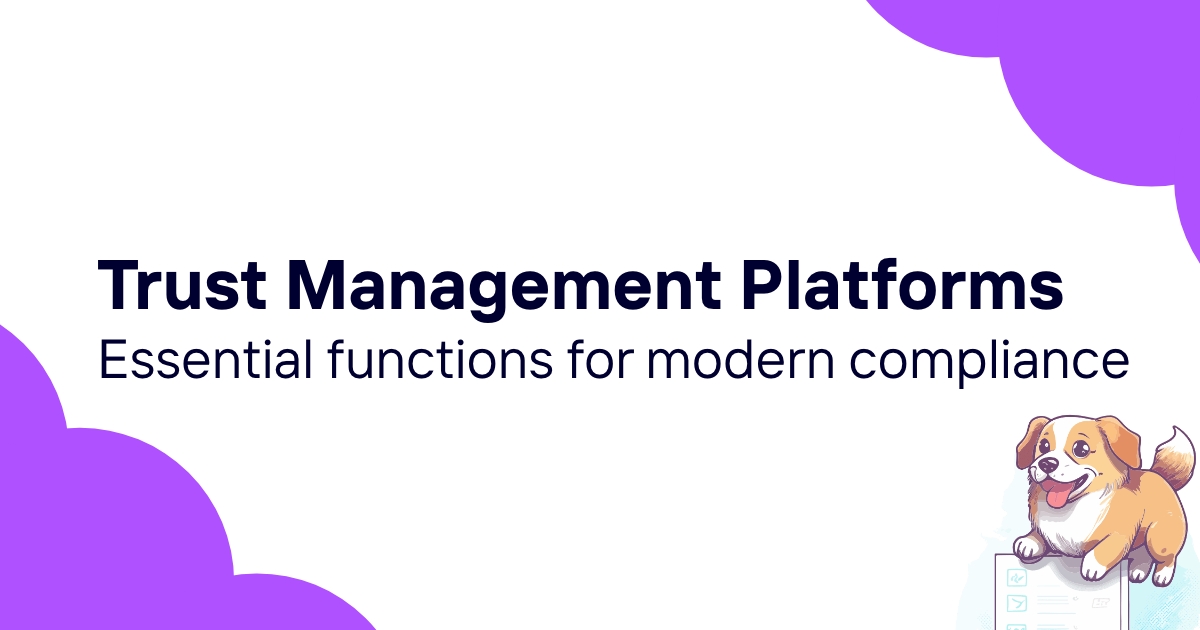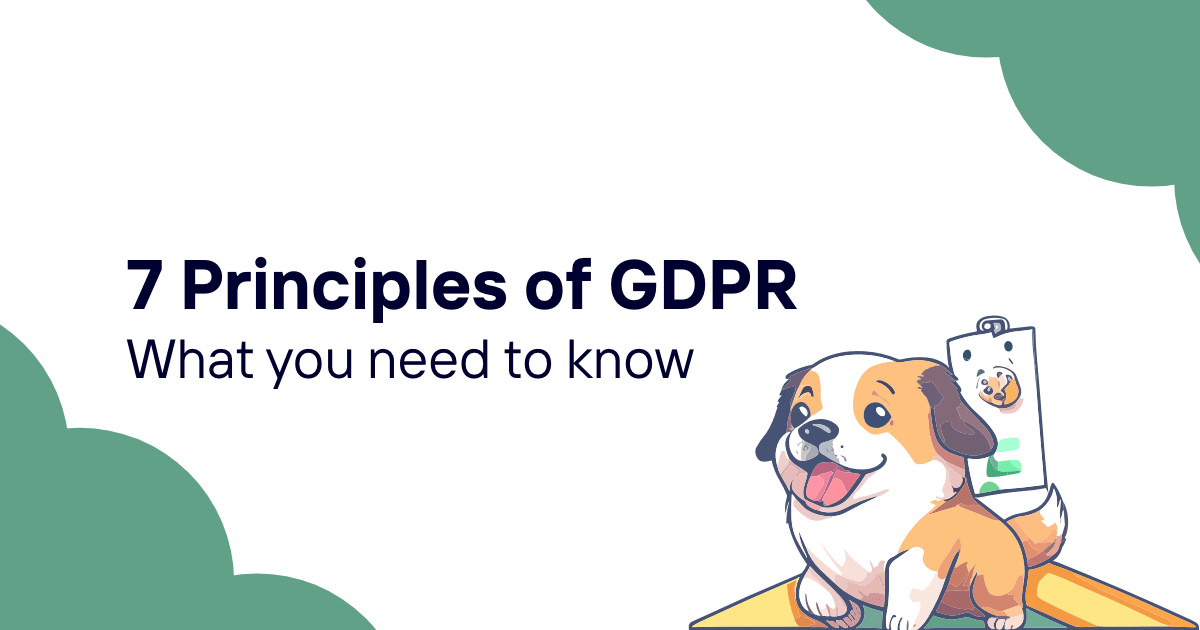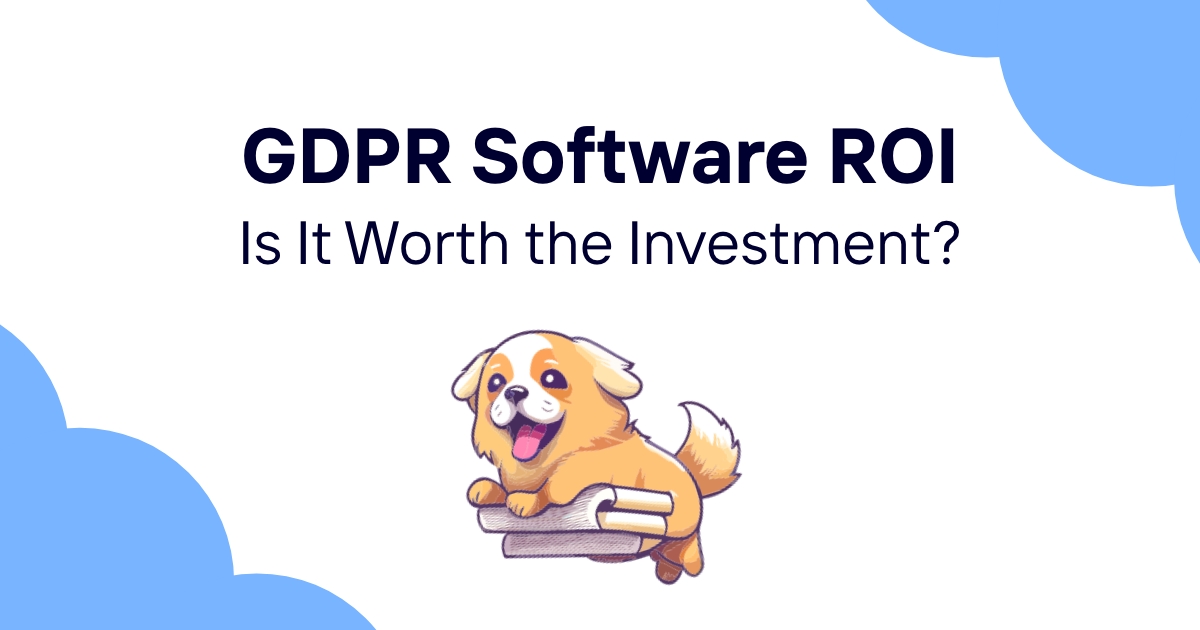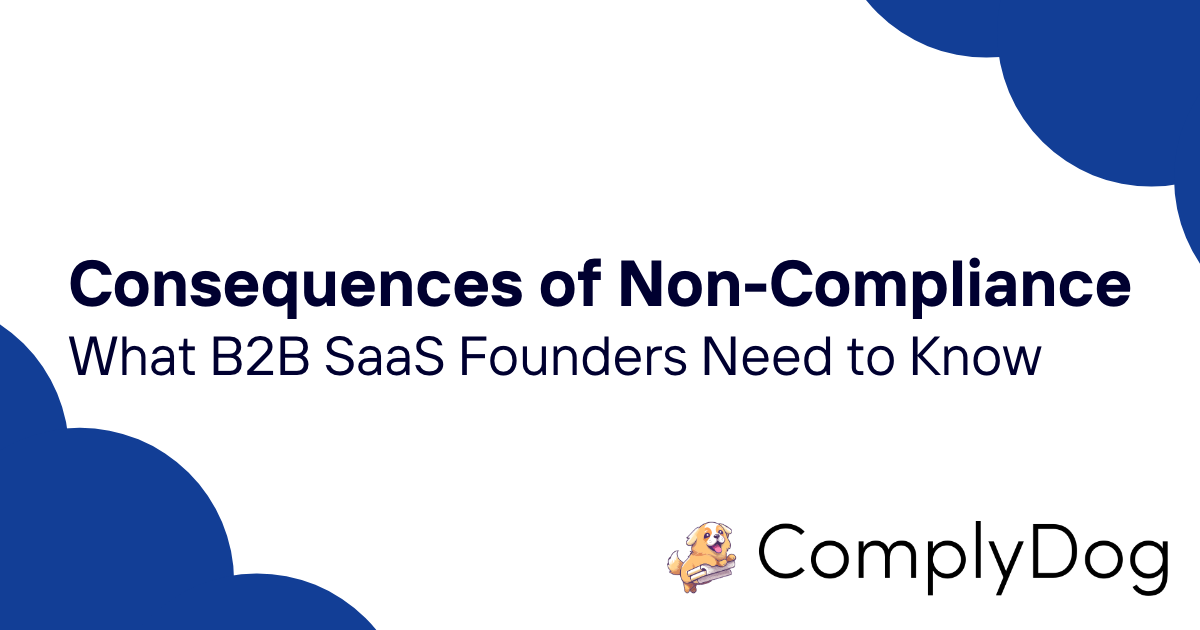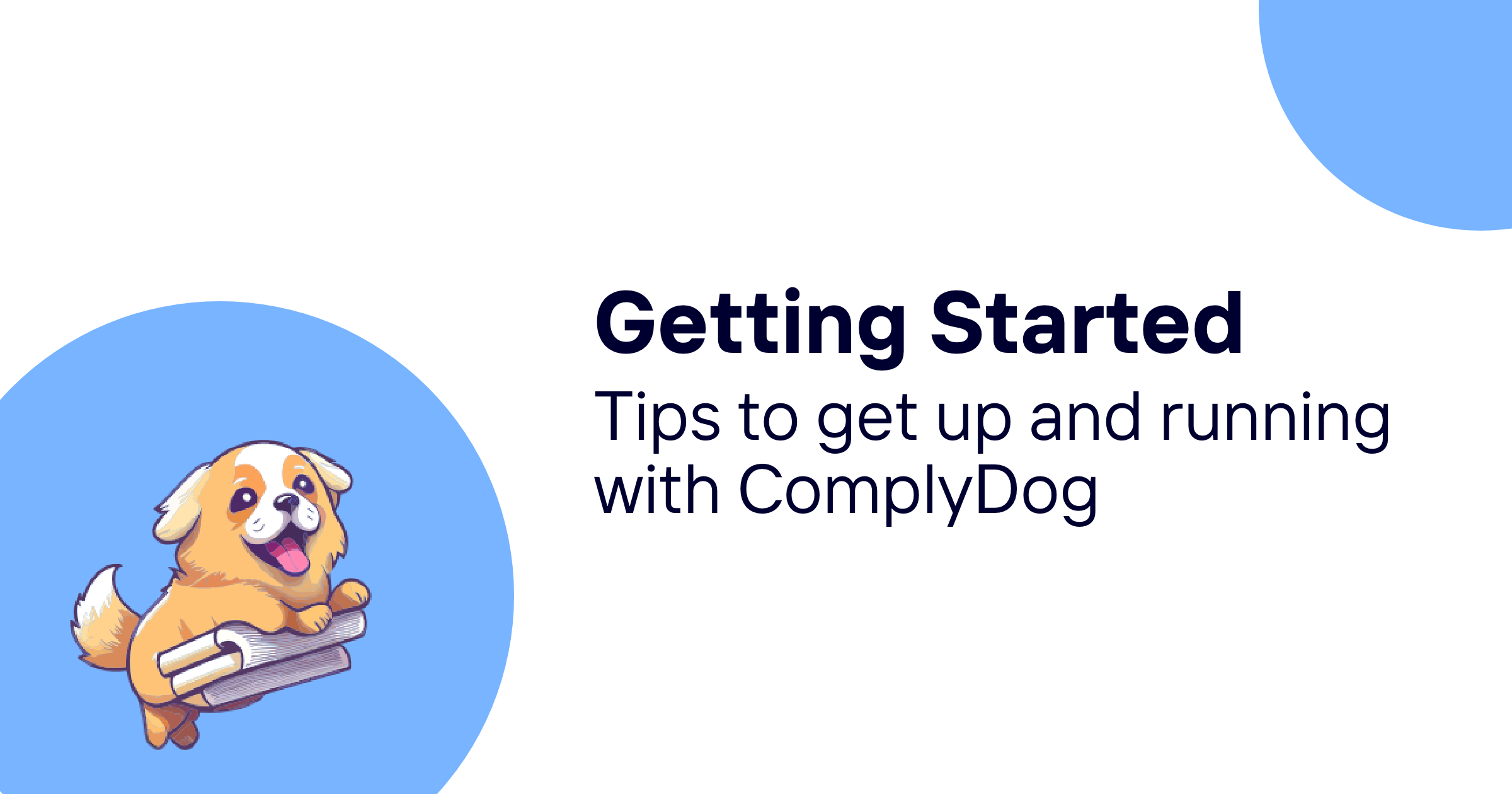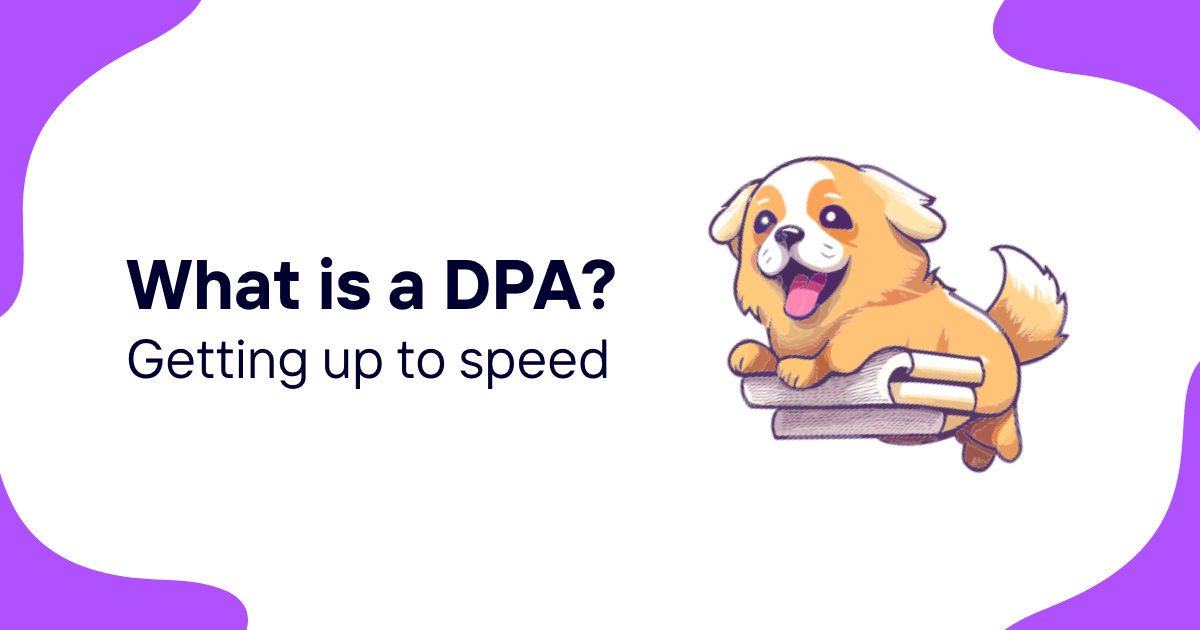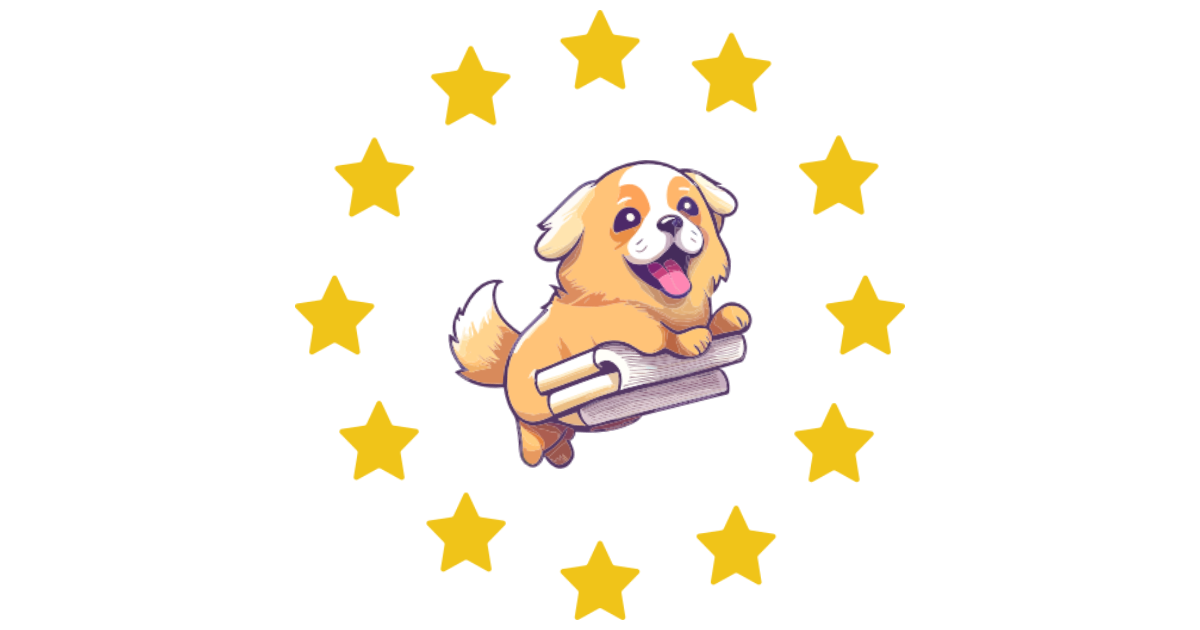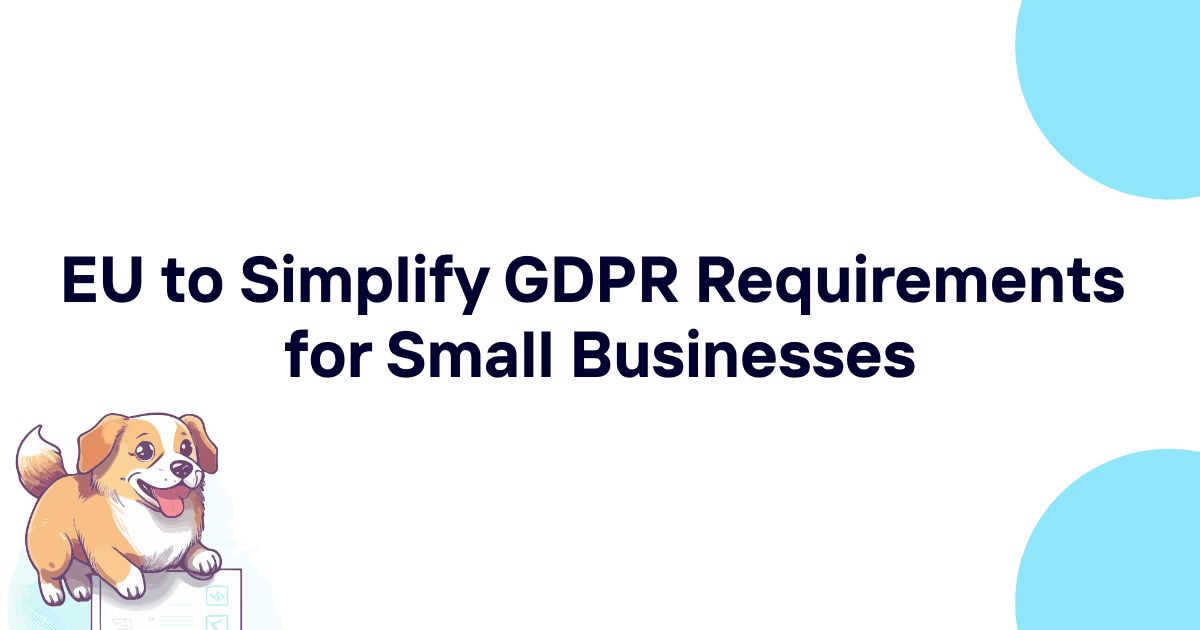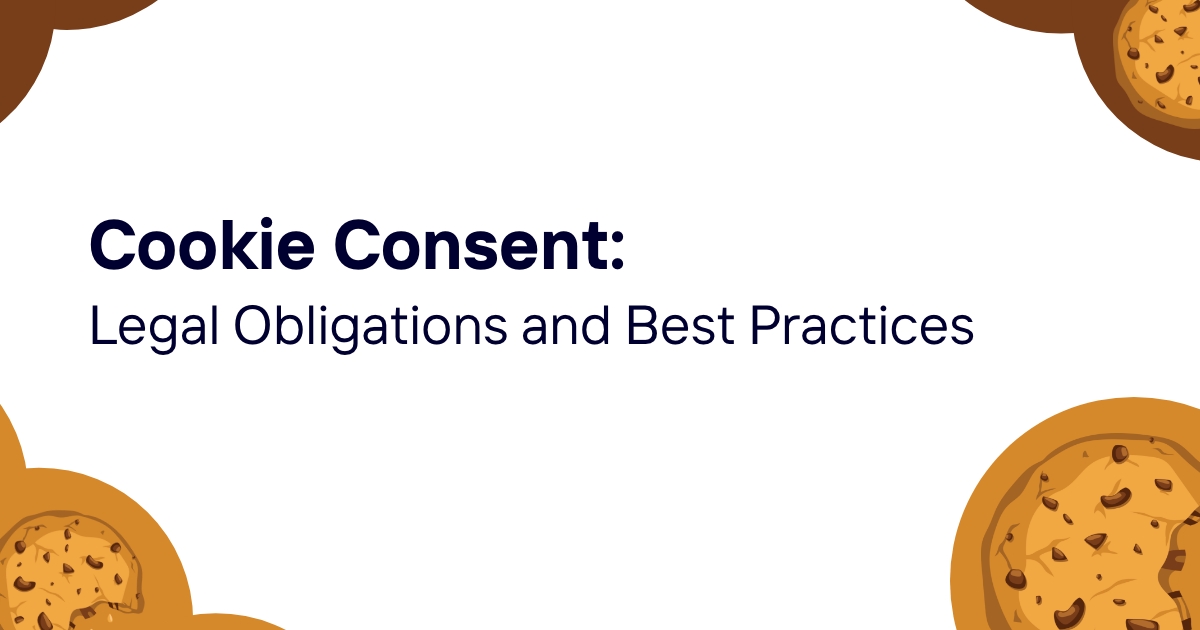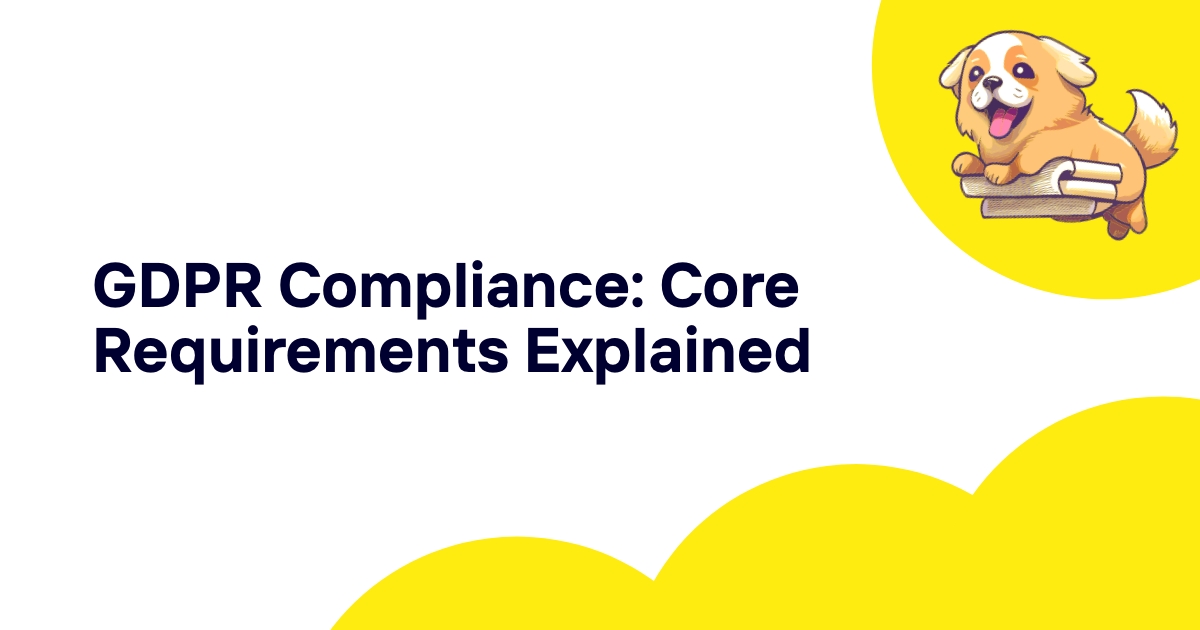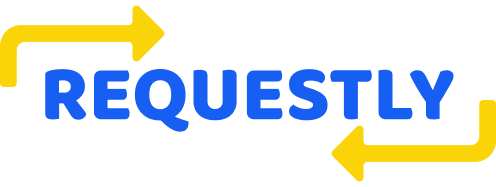Introduction
Trust is the cornerstone of business relationships. Without it, partnerships crumble, customers flee, and regulatory bodies impose hefty penalties. But building trust isn't just about making promises—it's about proving you can keep them.
That's where trust management platforms come in. These powerful tools help organizations establish, maintain, and demonstrate their commitment to security, privacy, and compliance. They're not just nice-to-have systems anymore; they've become essential infrastructure for businesses that handle sensitive data or operate in regulated industries.
I've spent years implementing compliance programs for various organizations, and I've seen firsthand how the right platform can transform a chaotic, spreadsheet-driven compliance process into a streamlined, efficient operation. Let's dive into what these platforms are, why they matter, and how they can benefit your organization.
Table of contents
- What is a trust management platform?
- The business case for trust management
- Key challenges in trust management
- Core features of a trust management platform
- Benefits for different stakeholders
- Implementation best practices
- Measuring the ROI of your trust management platform
- Future trends in trust management
- Choosing the right trust management platform
- Conclusion
What is a trust management platform?
A trust management platform is a specialized software solution that centralizes and streamlines all activities related to governance, risk management, and compliance (GRC). It's a unified system where organizations can manage policies, assess risks, monitor controls, collect evidence, and prepare for audits—all in one place.
Think of it as the central nervous system for your compliance and security operations. It connects different departments, automates routine tasks, and provides visibility into your organization's trust posture.
Unlike traditional GRC tools that focus primarily on documentation and reporting, modern trust management platforms are designed to be operational tools that integrate with your existing systems and workflows. They help you build trust into your day-to-day operations rather than treating it as a separate checkbox exercise.
The business case for trust management
Why invest in trust management? Simple. The cost of mistrust is astronomical.
Data breaches cost companies an average of $4.45 million per incident, according to IBM's Cost of a Data Breach Report. Regulatory fines can reach into the tens of millions. And that's not counting the reputational damage, lost business opportunities, and operational disruptions.
But beyond avoiding negative outcomes, there are positive business drivers for investing in trust management:
-
Competitive advantage: In crowded markets, trust can be your differentiator. Organizations that can demonstrate strong security and compliance practices often win deals against less trustworthy competitors.
-
Operational efficiency: Centralized trust management reduces duplication of efforts across teams and eliminates the chaos of spreadsheet-based compliance management.
-
Faster sales cycles: When potential customers ask about your security practices, having a robust trust management system allows you to respond quickly and confidently, shortening the sales cycle.
-
Business resilience: Organizations with mature trust management practices recover faster from incidents and adapt more quickly to new regulations or market conditions.
The technology landscape has changed dramatically in recent years. Legacy systems are being replaced with cloud services. AI is being integrated into core business functions. Remote work has expanded the attack surface. And every new technology brings new risks that must be managed.
At the same time, businesses are under pressure to innovate faster than ever. This creates tension: how do you move quickly while maintaining trust?
A trust management platform helps resolve this tension by making trust an enabler of innovation rather than a barrier to it.
Key challenges in trust management
Implementing effective trust management isn't without its hurdles. Here are some common challenges organizations face:
Keeping pace with changing business processes
Business functions change constantly, often driven by managers outside the compliance and security teams. New software gets adopted, processes get redesigned, and responsibilities shift—all creating new risks that must be identified and managed.
A trust management platform helps you stay ahead of these changes by integrating with business systems and providing workflows for change management.
Resource constraints
Most compliance and security teams are chronically understaffed. They're stretched thin just handling mandatory audit requirements, let alone proactively improving their trust posture.
Automation is key here. By automating evidence collection, control testing, and routine compliance tasks, a trust management platform allows your team to focus on high-value strategic activities.
Risk prioritization
With so many potential risks to address, how do you decide which ones matter most? Many organizations waste resources addressing minor risks while missing critical vulnerabilities.
Effective trust management platforms provide risk assessment frameworks and analytics that help you prioritize based on potential impact and likelihood.
Stakeholder engagement
Trust can't be the responsibility of a single department. It requires participation from executives, managers, and frontline employees across the organization.
The best platforms facilitate this collaboration by making it easy for non-specialists to participate in trust management activities through intuitive interfaces and integration with the tools they already use.
Core features of a trust management platform
Not all trust management platforms are created equal. Here are the essential capabilities to look for:
Compliance management
A robust trust management platform should support:
- Policy management: Create, review, and update policies and procedures in a central repository.
- Assessment workflows: Conduct gap assessments against various compliance frameworks.
- Control management: Implement, monitor, and test controls across your organization.
- Evidence collection: Automatically gather and organize evidence of control effectiveness.
- Audit management: Streamline the preparation process for external audits.
Risk management
Look for these risk-related features:
- Risk registers: Maintain a central inventory of risks across your organization.
- Risk assessment: Evaluate risks based on likelihood and potential impact.
- Risk mitigation: Track remediation activities and verify their effectiveness.
- Continuous monitoring: Detect new risks as they emerge in your environment.
- Risk reporting: Generate dashboards and reports for executive oversight.
Vendor risk management
Third-party vendors often present significant risks. Your platform should help you:
- Assess vendor security: Send questionnaires and review documentation from vendors.
- Monitor vendor compliance: Track vendor certifications and compliance status.
- Manage vendor contracts: Store and review contracts for security and compliance requirements.
- Conduct vendor due diligence: Verify vendor security practices before onboarding.
Integrations
The most valuable trust management platforms connect with your existing tools:
- Cloud infrastructure: AWS, Azure, Google Cloud, etc.
- Identity providers: Okta, Auth0, Microsoft Entra ID (formerly Azure AD).
- Issue tracking: Jira, Asana, ServiceNow.
- Communication tools: Slack, Microsoft Teams.
- HR systems: Workday, BambooHR.
- Development tools: GitHub, GitLab, Bitbucket.
These integrations allow for automated evidence collection and control testing, significantly reducing manual effort.
Reporting and analytics
Effective trust management requires visibility:
- Dashboards: Visual representations of your trust posture.
- Compliance reports: Status reports for various frameworks (SOC 2, ISO 27001, GDPR, etc.).
- Risk reports: Analysis of your risk landscape and mitigation efforts.
- Executive summaries: High-level overviews for leadership and board members.
Table: Key differences between spreadsheet-based compliance and a trust management platform
| Aspect | Spreadsheet-based approach | Trust management platform |
|---|---|---|
| Scalability | Becomes unwieldy as organization grows | Designed to scale with your business |
| Collaboration | Limited, prone to version control issues | Real-time collaboration across teams |
| Automation | Minimal, mostly manual processes | Extensive automation capabilities |
| Evidence collection | Manual requests and follow-ups | Automated evidence gathering |
| Visibility | Limited to spreadsheet owners | Organization-wide transparency |
| Audit prep | Time-consuming, error-prone | Streamlined, efficient process |
| Integration | Isolated from business systems | Connected to your tech stack |
| Reporting | Manual, time-intensive | Automated, real-time reporting |
Benefits for different stakeholders
A trust management platform delivers value across the organization. Let's look at how it benefits different roles:
For executives
- Strategic insights: Dashboards and reports that highlight key risks and compliance gaps.
- Resource optimization: Data-driven insights to allocate security and compliance resources efficiently.
- Confidence in board reporting: Accurate, up-to-date information about your trust posture.
- Reduced personal liability: Better oversight of security and compliance activities.
For IT, security, and compliance teams
- Automation of routine tasks: Less time spent on manual evidence collection and documentation.
- Centralized control management: One place to manage and monitor all controls.
- Streamlined audit preparation: Evidence organized and ready when auditors arrive.
- Better cross-team collaboration: Shared workspace for security, IT, and compliance.
For business unit managers
- Simplified compliance participation: Easy ways to contribute to compliance efforts.
- Reduced disruption: Fewer ad-hoc requests from compliance and security teams.
- Risk awareness: Better understanding of how their decisions impact organizational risk.
- Productivity tools: Workflows that make compliance activities more efficient.
For external auditors
- Organized evidence: Clean, structured evidence that's easy to review.
- Clear control documentation: Well-documented controls with implementation details.
- Efficient communication: Direct channels to request additional information.
- Consistent format: Standardized presentation of compliance artifacts.
Implementation best practices
Successfully implementing a trust management platform requires more than just buying the software. Here are best practices to ensure your implementation delivers results:
-
Start with clear objectives: Define what success looks like. Is it achieving a specific certification? Reducing audit costs? Improving risk visibility?
-
Focus on quick wins first: Implement the most valuable features first to build momentum and demonstrate ROI.
-
Engage stakeholders early: Involve representatives from different departments in the implementation process.
-
Integrate with existing workflows: Configure the platform to fit your current processes, not the other way around.
-
Provide adequate training: Ensure all users understand how to use the platform effectively.
-
Establish clear roles and responsibilities: Define who's responsible for what within the platform.
-
Create a phased rollout plan: Implement in stages rather than trying to do everything at once.
-
Regularly review and optimize: Continuously improve your implementation based on user feedback and changing needs.
Remember, a successful implementation isn't just about technology—it's about people and processes too. The best platform in the world won't help if people don't use it correctly or if your processes are fundamentally flawed.
Measuring the ROI of your trust management platform
How do you know if your trust management platform is delivering value? Here are key metrics to track:
- Time savings: Hours saved on manual compliance activities.
- Audit preparation time: Reduction in time spent preparing for audits.
- Audit findings: Decrease in the number of audit findings or issues.
- Risk incidents: Reduction in security incidents or compliance violations.
- Time to remediate: Faster resolution of identified risks or compliance gaps.
- Customer trust metrics: Improved customer satisfaction with your security posture.
- Sales cycle impact: Shorter security review phases in your sales process.
For example, one organization I worked with reduced their audit preparation time from six weeks to just one week after implementing a trust management platform. Another cut their number of audit findings by 70% in the first year.
The ROI can be substantial. Consider these potential savings:
- 75% reduction in time spent collecting evidence
- 50% reduction in audit preparation effort
- 30% fewer security incidents due to better control management
- 25% faster sales cycles due to streamlined security reviews
Future trends in trust management
The field of trust management is evolving rapidly. Here are some trends to watch:
AI and automation
Artificial intelligence and machine learning are increasingly being used to:
- Automatically detect control failures
- Predict potential compliance issues before they occur
- Identify patterns in risk data that humans might miss
- Automate routine compliance tasks
Continuous compliance
The traditional point-in-time assessment is giving way to continuous compliance monitoring, where controls are tested automatically and continuously rather than periodically.
Supply chain trust
As supply chain attacks become more common, trust management is extending beyond your organization to include your entire supplier ecosystem.
Regulatory expansion
New regulations continue to emerge, and existing ones are becoming more stringent. Trust management platforms will need to adapt quickly to these changes.
Trust as a competitive differentiator
Organizations are increasingly using their trust posture as a marketing advantage, highlighting their security and compliance practices to win customer confidence.
Choosing the right trust management platform
Selecting the right platform is crucial. Here's a framework to guide your decision:
-
Identify your core requirements: What specific compliance frameworks do you need to support? What are your biggest pain points?
-
Consider your organization's size and complexity: Some platforms are designed for enterprises, others for small and mid-sized businesses.
-
Evaluate integration capabilities: Can it connect with the systems you already use?
-
Assess usability: Will non-technical users be able to navigate the platform effectively?
-
Check customization options: Can you adapt the platform to your specific processes and terminology?
-
Review the roadmap: Is the vendor actively developing new features that align with your future needs?
-
Compare pricing models: Is it subscription-based? Are there additional costs for certain features or users?
-
Evaluate support and services: What kind of onboarding and ongoing support does the vendor provide?
-
Talk to reference customers: Speak with organizations similar to yours who are using the platform.
When evaluating vendors, don't just focus on features—consider the company behind the product. Are they financially stable? Do they understand your industry? Will they be a good long-term partner?
Conclusion
A trust management platform is no longer optional for organizations that handle sensitive data or operate in regulated industries. It's an essential tool for building and maintaining trust with customers, partners, employees, and regulators.
By centralizing your trust management activities, automating routine tasks, and providing visibility into your compliance and risk posture, these platforms enable you to turn trust from a cost center into a business enabler.
The right platform—implemented thoughtfully and used consistently—can help you reduce risk, improve operational efficiency, accelerate sales cycles, and build stronger relationships with customers and partners.
Tools like ComplyDog offer a comprehensive solution that integrates all aspects of trust management in one easy-to-use platform. With features specifically designed for software businesses, ComplyDog helps streamline compliance processes, automate evidence collection, and provide real-time visibility into your trust posture. By implementing a platform like this, you can transform your approach to compliance from a reactive, checkbox exercise to a proactive, strategic advantage.
In today's business environment, trust isn't just nice to have—it's a necessity. A trust management platform gives you the tools to build and maintain that trust systematically and efficiently.
